The Cold War was a battle fought in shadows, whispers, and code. While nuclear arsenals and spy planes often dominate the narrative, some of the most important breakthroughs in intelligence came from the least expected places. One of the strangest yet most impactful operations in Cold War history was launched by British intelligence in 1979. It was called Operation Tamarisk and it began in a bathroom.
This top-secret mission wasn’t about breaking into embassies or intercepting encrypted radio transmissions. It was about garbage. Specifically, the kind that Soviet troops left behind in field latrines. What seemed like waste to the untrained eye turned out to be a goldmine of classified information.
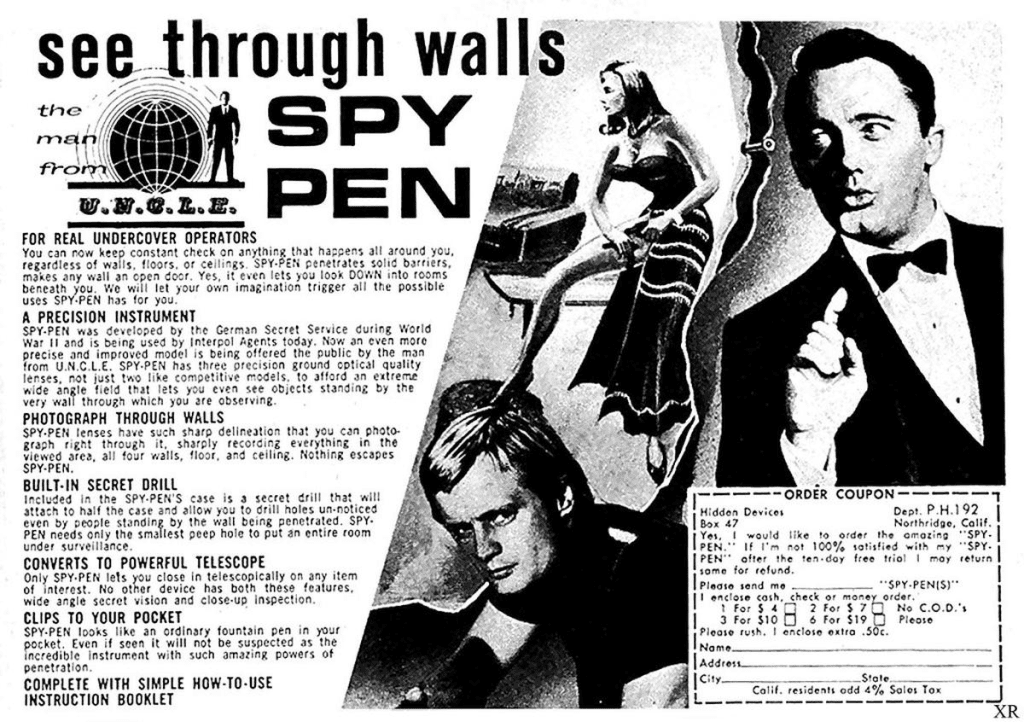
Toilet Paper Shortages and Unintended Leaks
During the height of the Cold War, supplies were scarce for many Soviet soldiers, especially those stationed in remote or mobile field units. One bizarre but telling shortage was that of toilet paper. In desperation, soldiers often used whatever they could find including outdated manuals, field maps, and even classified documents.
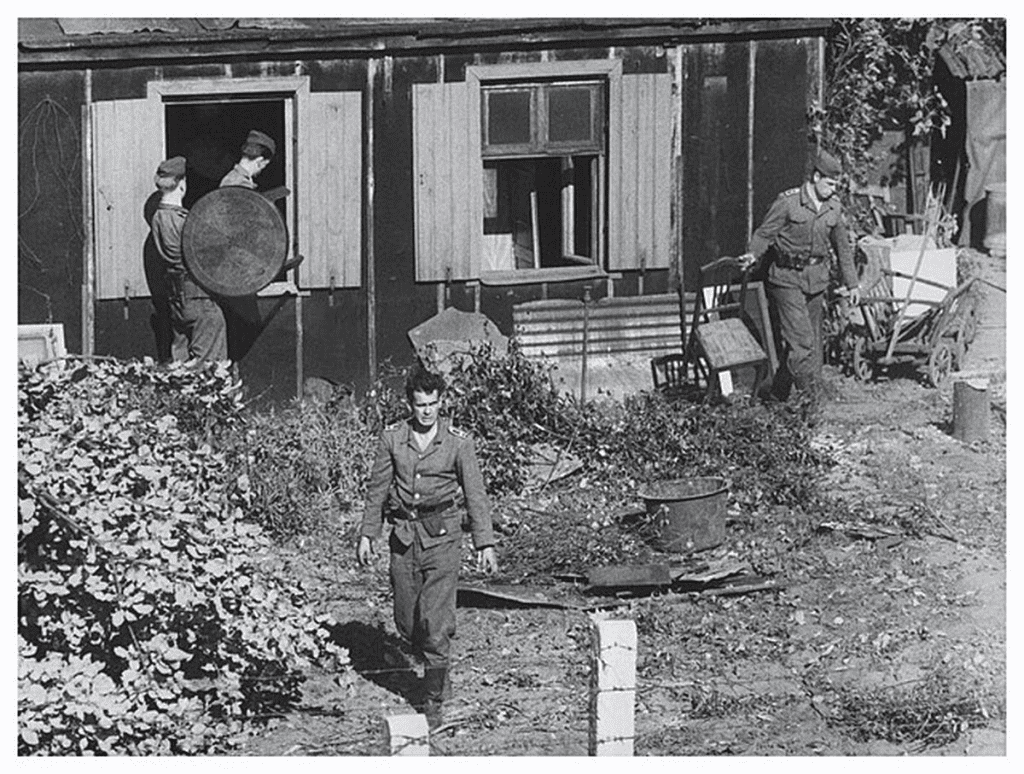
British and American intelligence officers stationed in West Germany began to notice this trend. Discarded paperwork in Soviet military zones even those retrieved from latrines sometimes bore state secrets. These included troop movements, supply lists, training schedules, and surprisingly, details on tank armor and missile systems.
What began as a curious observation quickly evolved into one of the most unusual yet effective intelligence-gathering operations of the era.
Video:
Operation Tamarisk: Unveiling Secrets
Operation Tamarisk Is Born
Recognizing the value of these discarded materials, British military intelligence officially launched Operation Tamarisk in 1979. The goal was simple but unusual: collect as much Soviet trash as possible, especially from areas near East German-Soviet training zones.
British agents and allied operatives would scour abandoned campsites, dumpsters, and yes even field latrines searching for used paper. While the process was unpleasant and sometimes hazardous, the results were nothing short of remarkable.
Among the finds were fragments of technical blueprints, operational orders, and maintenance logs that had been thrown out without much thought. One piece of toilet paper could offer insights into a new Soviet tank design. A burned manual retrieved from a garbage pit might reveal the layout of a missile base.
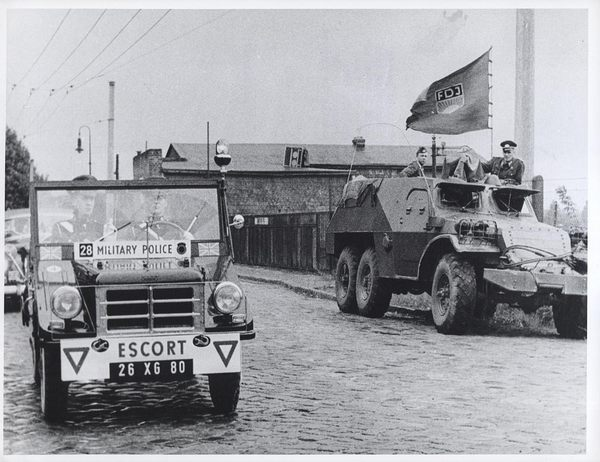
Turning Trash into Tactical Gold
The information gathered through Operation Tamarisk was compiled, analyzed, and compared with existing intelligence. In many cases, it filled gaps in Western knowledge about Soviet equipment and strategy. Some of the discoveries helped NATO develop countermeasures to emerging Soviet technologies. Others gave clues about potential weak spots in Eastern bloc logistics and communications.
One of the most significant outcomes involved the understanding of Soviet tank armor. Details recovered through the operation helped British analysts anticipate changes in battlefield tactics and vehicle vulnerabilities. These insights fed into broader NATO planning and were shared among allied intelligence agencies.
This operation, while unconventional, proved that intelligence isn’t always gathered through high-tech gadgets or deep-cover agents. Sometimes, it’s about paying attention to the smallest and strangest details even in places most people would never think to look.
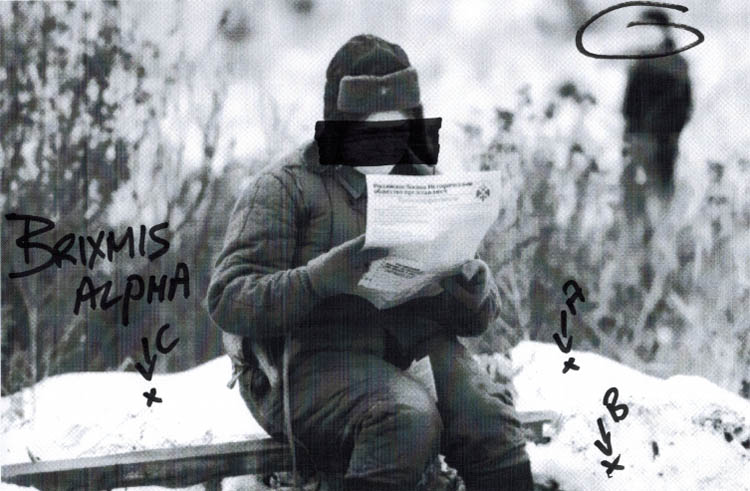
A Secret Weapon Hidden in Plain Sight
Operation Tamarisk remained classified for many years, and few outside the intelligence community were aware of how valuable those bathroom scraps had become. It is only in more recent decades, with the declassification of certain Cold War documents, that the operation’s existence has been fully acknowledged.
Video:
Nasty Reason Why Soviet Union Used This Toilet Paper
Far from being just an embarrassing chapter, Tamarisk stands as a case study in creativity, persistence, and the strange paths that real-world intelligence gathering can take. In the world of espionage, no source of information is too odd if it delivers results.
A Testament to Ingenuity and Adaptability
What makes Operation Tamarisk stand out is not just its absurdity, but its effectiveness. British intelligence took an uncomfortable truth that Soviet soldiers were literally wiping away secrets and turned it into one of the most resourceful intelligence strategies of the Cold War. It was dirty work, quite literally, but it delivered clean results.
The operation also highlights a deeper truth about intelligence work: success often hinges on adaptability. In a field where precision and secrecy are critical, the ability to recognize opportunity even if it smells can make all the difference.
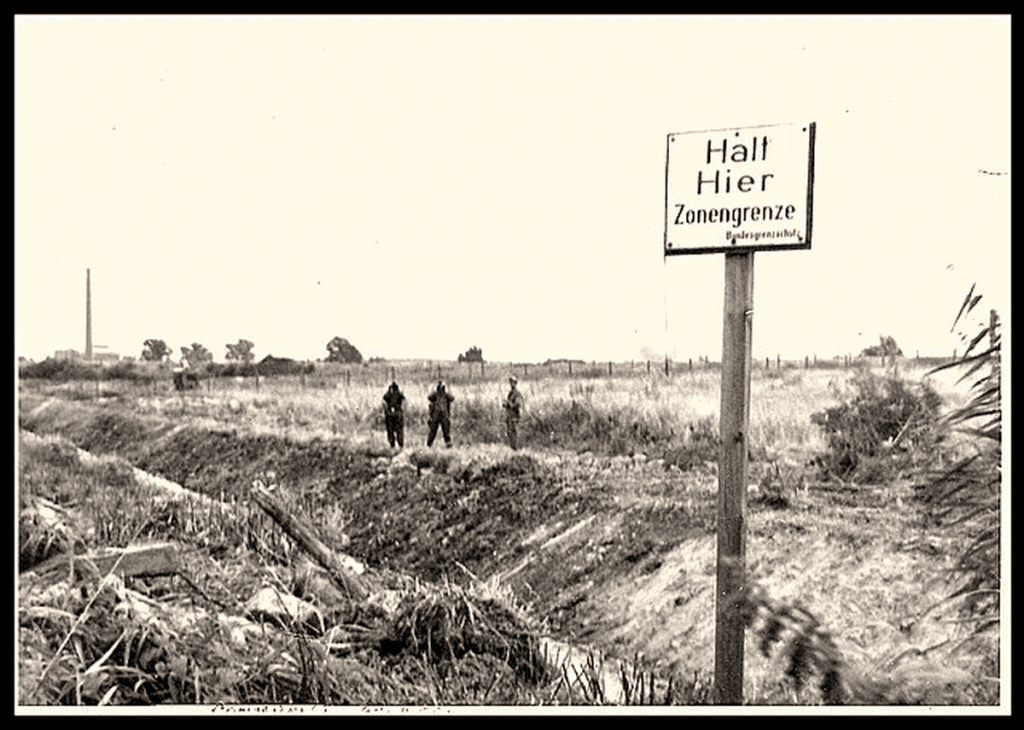
Conclusion: Where Intelligence Meets Ingenuity
Operation Tamarisk might sound like a footnote in Cold War history, but it played a significant role in gathering information during a time when every scrap of knowledge could shift the balance of power. It’s a reminder that in espionage, the best insights don’t always come from spy satellites or encrypted codes. Sometimes, they come from a trash can or a latrine.
In the strange chess match of the Cold War, the West found an unexpected move, hidden in the most humble of places. And it worked.


